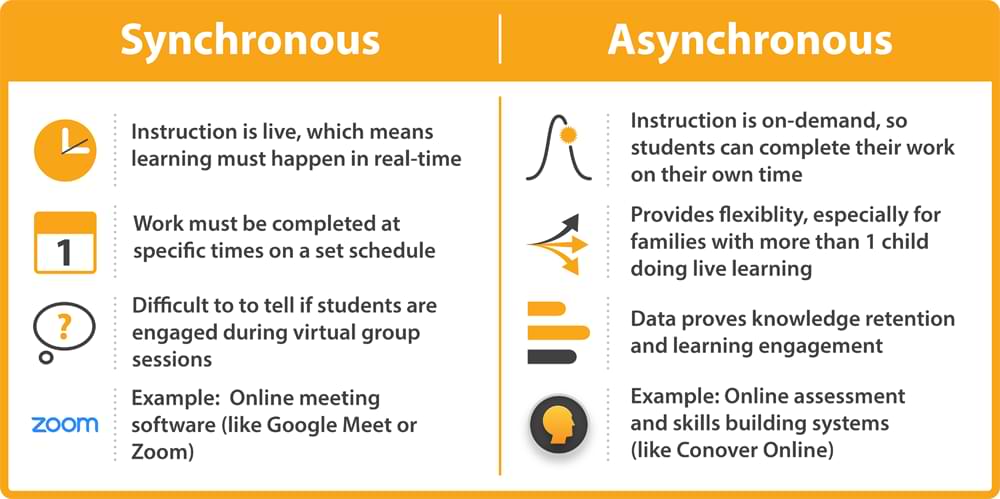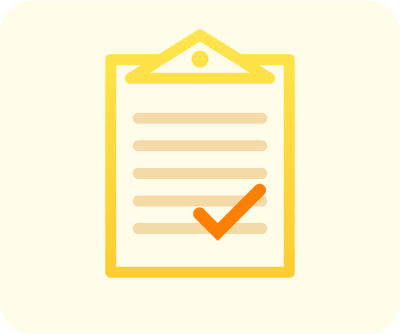COVID-19 has forced a lot of changes. The way we shop, eat, work, and play has changed dramatically since early March. For some people, it’s been extremely difficult to make the necessary adjustments. But regardless of how hard this global pandemic has hit us personally, one thing is for sure:
We must all learn a new way of doing things.
Finding the Silver Lining
COVID-19 has forced us all to make changes that we wouldn’t have necessarily wanted to make otherwise. But not all the changes have been negative. For example, families that were constantly running from one extracurricular activity to the next are finding themselves with more time to spend together. With parents working from home, some families find themselves eating dinner together for the first time in years. Instead of spending four straight hours at piano lessons, children are able to stay home and take lessons virtually (saving parents the car ride, in addition to several hours of time).
But it’s quite possible we never would have considered something like virtual music lessons as a possibility before. We were stuck in our ways. We just went through the motions, never considering if there was, in fact, a better way to do this.
Until coronavirus forced us to rethink things.
The bottom line is this: change isn’t necessarily bad. Many businesses that bristled at the thought of remote work prior to the pandemic are now realizing that their staff can be just as productive (if not more so) outside of the office when employees engage in their work on their terms. What we’re discovering is that many of the beliefs we held about the way things must be done are in fact wrong.
Including the way our children learn.
Changing the Way We Learn
There’s a lot to like about the traditional education model. When you have everyone in the same room, you are better able to see when students are engaged. And, if necessary, you can provide immediate intervention to help students reengage with their class and with their work.
But it’s also challenging for a single teacher to meet the needs of many students at once in real-time. In fact, it’s impossible to give every child exactly what they need all the time in a classroom setting. And when you add teaching new material that your students may or may not be comprehending on top of your other classroom responsibilities, it can be tough to make sure that everyone is making the desired progress.
It can be helpful to have an educational support system to fall back on, one that helps reinforce the skills that you teach in the classroom and even delivers targeted instruction to each student based on their specific needs and abilities. This is especially true if your school district is forced to use online instruction either now or in the future.
And that’s where asynchronous education comes in.
What is Asynchronous Education?
There are two types of online instruction:
Synchronous, which occurs on a set schedule
Asynchronous, which allows participants to complete their work on their own time
When schools were shut down due to the pandemic, many of them tried to adopt synchronous online learning. They tried to replicate what they were doing in the classroom using tools like Zoom of Google Meet. While these tools allow virtual instruction via lecture or discussion, what many schools found was that it is very difficult to make sure that students are retaining the information they receive via synchronous online learning. And for families with more than one child at home, they had to share computers and internet access, which meant synchronous learning wasn’t always possible with multiple children who needed to be online at the same time.
But asynchronous education is more flexible. It allows participants to access online learning whenever it works for them – which is extremely important for a lot of families stuck at home with limited resources.

Asynchronous education is a lot like an asynchronous communication tool that we all use every day: email. Many people prefer to communicate via email because it gives them the ability to respond when appropriate. They aren’t forced to drop everything and answer the incoming message every time they hear that ding or get a notification that pops up. They can take their time, and offer a more considered response.
Which raises an important question:
If we sometimes prefer to communicate asynchronously ourselves, why should we force our students to communicate and learn differently?
We understand that asynchronous isn’t always best. Just like there are times when you would prefer to talk to someone face-to-face, there are times when asynchronous education isn’t the best solution. But for a lot of what we are asking teachers and schools to do, it can be a powerful tool. It can help keep students engaged by helping to deliver an individualized education plan tailored to the specific needs of each student.
But you need access to the right tools.
How to Make the Most of Asynchronous Online Learning
There are three key steps in all effective asynchronous learning programs:
- The students must clearly understand their own abilities. This is the starting point for all self-improvement journeys. Being able to accurately and honestly assess your own abilities can be difficult, which is where an evidence-based assessment system like Conover Online can help establish a baseline.
- The students must identify the areas they need to improve. Once they know where they stand, students can look at what they want or need to change. When you use an evidence-based assessment, the results can show exactly what needs to happen in order to get your students to where they want to be.
- The students must have a plan to gain the knowledge, skills, or tools necessary. Once you know where your students need to improve, the next step is to figure out how to get them there. Knowledge without action is useless, and having a clearly defined plan to follow is the first step toward taking action. When you have a plan, you don’t need to focus on how far away the destination is – you can focus on just taking the next step.
The key to delivering targeted, personalized instruction is to use a quality assessment. When your assessment is solid, it can be used to drive the instruction asynchronously.
This is exactly what our Conover Online system does. Here’s how it works:

1. Conover Online quickly and accurately assesses the needs of the individuals you work with.
Clearly understanding your own abilities is the first step in any self-improvement journey. Being able to accurately and honestly assess the abilities of your students can be difficult, which is where an evidence-based assessment system like Conover Online can help establish a solid baseline.

2. The management system analyzes the data and identifies the areas of need for each student in your program.
Once you know where the individuals you work with stand, you can see clearly what they need to change or improve. The right assessment tool can give you the data you need to pinpoint exactly what the individual needs to get where they want to go.

3. Each student receives a custom success plan tailored to the individual’s specific needs, which Conover Online automatically delivers.
All students work on their individualized education plans independently. Conover Online delivers the instruction automatically based on their assessment results, using video-modeling to effectively teach the skills they need. Their learning is tracked in an online management system so you can see live updates of their progress.

4. Your program participants get the skills they need to be successful and you look like a genius.
Conover Online delivers the customized learning plans to the individuals that you work with and the data you need to know that it’s working.
Conclusion
Life won’t always be this way. But one thing we’ve learned from all this is that we need to be ready for anything. Why let things continue to be harder than they have to be? Why not adopt a flexible model that can help you do what you need to do without burning out your staff or students?
If you want to go from stressed out and overwhelmed to calm, confident, and in control, we’re here to help! Whether you’re back in the building or online for the foreseeable future, Conover Online can help you put your students in the best possible position to reach their full potential.
